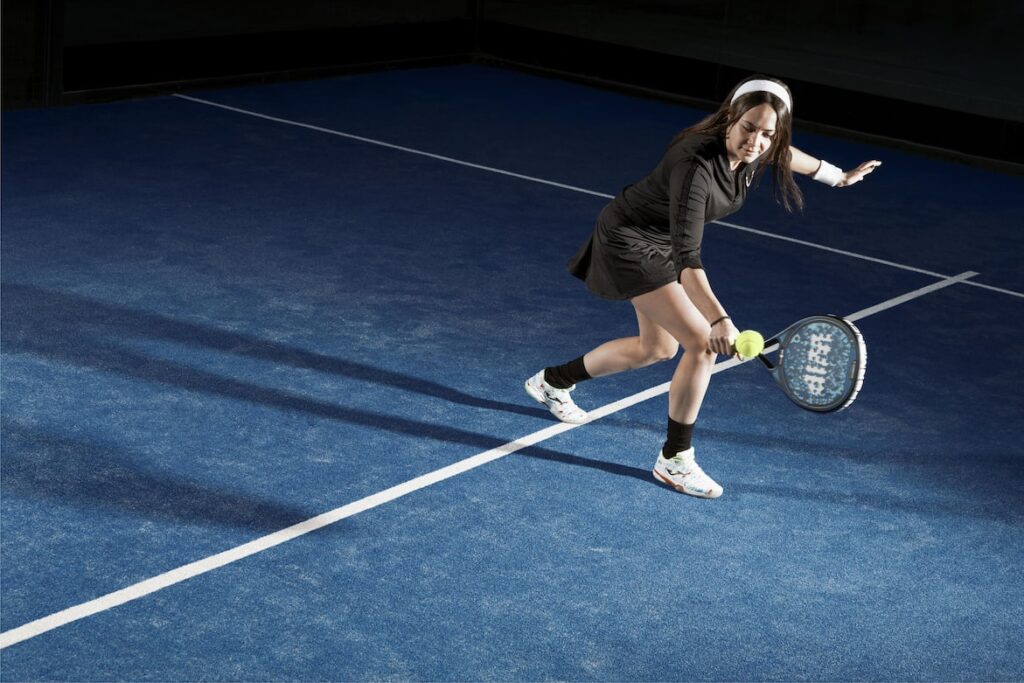Navigating the Field: Must-Know Basic Padel Rules
3 min read
Navigating the Field: Must-Know Basic Padel Rules
Padel, the exciting blend of tennis and squash, has been gaining immense popularity worldwide. If you’re new to the sport, understanding the basic padel rules is crucial for an enjoyable and successful game. Let’s dive right in and equip you with the knowledge to conquer the court like a pro!
The Court Setup
Before we begin exploring the basic padel rules, let’s familiarize ourselves with the court layout. The padel court resembles a tennis court but is smaller with a few distinctive features. It is enclosed by four walls and can be played either indoors or outdoors.
The court is divided into halves, separated by a net. Each half is further divided into two service boxes, forming two squares on either side. Don’t worry about getting confused; the layout is quite similar to a tennis court!
The Basics of Scoring
When it comes to scoring, padel follows a simple yet exciting system. The game is played in sets, usually with the first team to win two or three sets emerging victorious. To win a set, a team must reach six games, provided they have a two-game lead over their opponents.
The scoring system in padel is similar to tennis, with a few minor differences. Points are counted as 15, 30, and 40. In a tiebreak situation, the first team to reach seven points with a two-point lead wins the game. It’s important to note that padel scoring is not in traditional tennis terms like love or deuce, making it slightly easier for newcomers to grasp.
Serving and Receiving
Serving in padel is slightly different from tennis. It must be performed underhand, and the ball must bounce before hitting the receiver’s court, similar to squash. Unlike in tennis, the serve can strike any part of the receiver’s court, making it more challenging to anticipate.
The receiver must stand diagonally opposite to the server, just like in tennis. The server must hit the ball underarm, allowing it to bounce and then strike it into the receiver’s service square. Remember, playing smartly and strategically during the serve can give you a significant advantage throughout the game!
Playing the Game
One of the most exciting aspects of padel is the ability to use the walls to your advantage. You can hit the ball against the walls before it bounces in your opponent’s court, adding a thrilling twist to the game. However, be prepared for the unexpected, as your opponents can do the same against you!
Mastering the art of accurate placement is essential in padel. Aim to hit the ball low over the net, preferably towards the walls and away from your opponents. Strategic shot placement can help you keep control of the game, forcing your opponents into difficult positions and setting up potential winning shots.
Fouls and Common Mistakes to Avoid
Just like in any sport, padel has its fair share of rules and regulations. It’s crucial to be aware of the following fouls to ensure a fair and enjoyable game:
- Touching the net: Avoid touching the net with your body or racket at all costs during play.
- Double bounce: The ball must not bounce twice on your side of the court before returning it to your opponents.
- Out-of-bounds: Any shot that lands outside the lines is considered out-of-bounds.
Remember, practice makes perfect, so don’t be discouraged if you make mistakes while learning the basic padel rules. Keep playing, have fun, and before you know it, you’ll become a confident and formidable padel player!
So, whether you’re a sporting enthusiast or simply looking for a new and exciting activity, padel is undoubtedly worth a try! Start with the basic padel rules we’ve covered here, and soon you’ll be enjoying the exhilaration of padel and showcasing your skills on the court.






